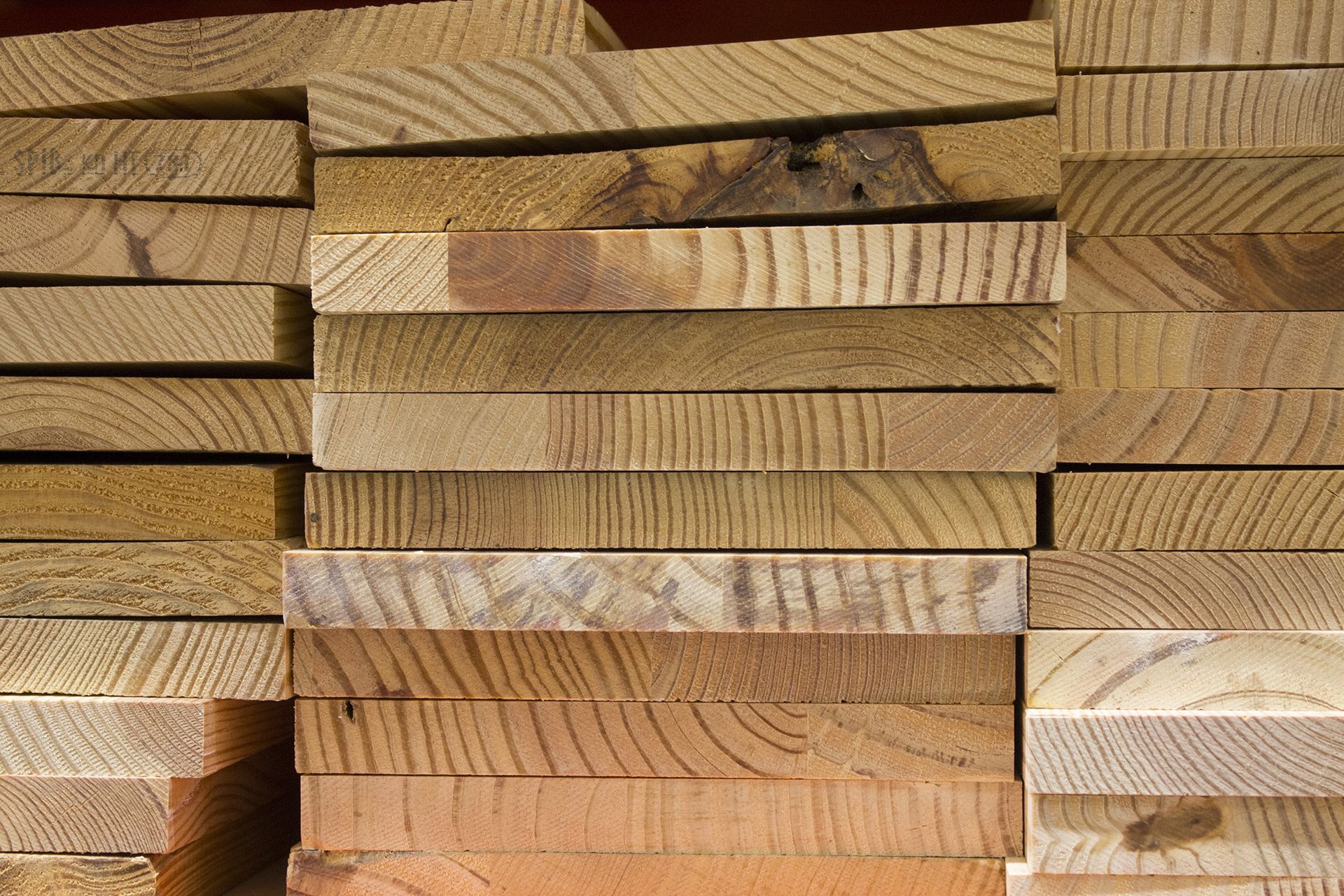The Best Wood for a Model Railway Baseboard
Choosing wood for the baseboard is an important part of building a model railway. It's essential to use woods that are of the required strength to support the layout, are easy to work with, and long-lasting. If the model railway is going to be portable, lightweight woods should be also be used.

Choosing suitable wood for the baseboard is an important part of building a model railway and a step that is important to get right. There are many factors to consider. For example, it is essential to use woods that are of the required strength to support the layout, are easy to cut and work with, and that will also last for many years. If the model railway is going to be portable then it is essential to use woods that are not only sturdy but lightweight as well. There are many differing views among railway modellers regarding the most suitable choice of wood for the baseboard. Regardless of the materials and techniques used, you'll want to ensure you use the best wood for the model railway baseboard that is available within your budget and requirements.
Legs
For the legs the consensus among model railway engineers is that these should be built using 2'' x 1'' (44mm x 21mm) square-planed timber (PSE) cut to the length required for the height of the construction. The benefit of using PSE timber is that this has the requisite strength to support the layout without the excessive weight of other woods. This makes it a good choice for portable layouts with either 'A' frame trestle supports or hinged foldable legs.
Framework
PSE timber is also recommended for the framework of the layout. The benefits have been previously mentioned for the legs - it provides the necessary strength to support the top layer, whilst helping to keep the overall weight of the layout to a reasonable level.
Tops
The thickness of the top recommended by railway modellers is a minimum of 9mm or 12mm. Anything less than this will be insufficient to support the layout and will need excessive bracing to prevent drooping or twisting of the wood. Anything thicker will make cutting or drilling through for electrical wiring more difficult, and significantly increase the weight of the layout.
Taking this into account, there are many options for the best wood to use for the top of the baseboard. These range from the popular plywood and sundeala board, through to the 'left-field' choices of MDF and chipboard. Let's look at the pros and cons of each:
Plywood
Ply is probably the most popular choice among modellers when it comes to the best wood for a model railway baseboard. It is very easy to cut and work with. Compared to alternatives it is reasonably resistant to moisture and damp. Ply can be prone to warping or sagging, so it's always best to adhere to the recommended minimum thickness of 9mm and ensure that adequate bracing is used. Also, ensure that after purchase plywood is stored flat rather than leaning vertically against a wall - this can cause the wood to twist which is extremely difficult to remove.
Sundeala
This is manufactured from recycled paper. It's soft enough to be able to push track pins into and for them to stay securely in place. Sundeala is also prone to warping or sagging unless adequate bracing is used, therefore it is often best used as a top layer on top of a firmer piece of wood.
MDF
Using MDF for a model railway baseboard is generally not recommended. This is extremely susceptible to moisture and humidity unless it is sealed effectively. It's also very heavy and difficult to push track pins into. Cutting MDF can be challenging and this creates harmful dust. The main advantage of using it is that it's often cheap and readily available.
Chipboard
Very similar to MDF, however it's even more susceptible to moisture. Chipboard is less dense than MDF, therefore it is lighter, however this means it's also not as strong. It is also difficult to work with, however it's cheap and readily available from DIY stores.
Summary
When it comes to choosing the best wood for a model railway baseboard everyone has their own preferences and experiences. Most modellers will avoid MDF or chipboard like the plague, however many people have been constructing layouts using these materials for many years without issues.
However, for most people (especially inexperienced or first-time modellers), good quality plywood on top of a timber frame and legs will be the way to go. This arrangement provides the required strength to support the layout, the materials are easy to work with, and will result in a layout that is relatively light in weight. Whilst ply is not the cheapest option available it's really not worth skimping out at this stage - this will save you a lot of potential issues later down the line.

